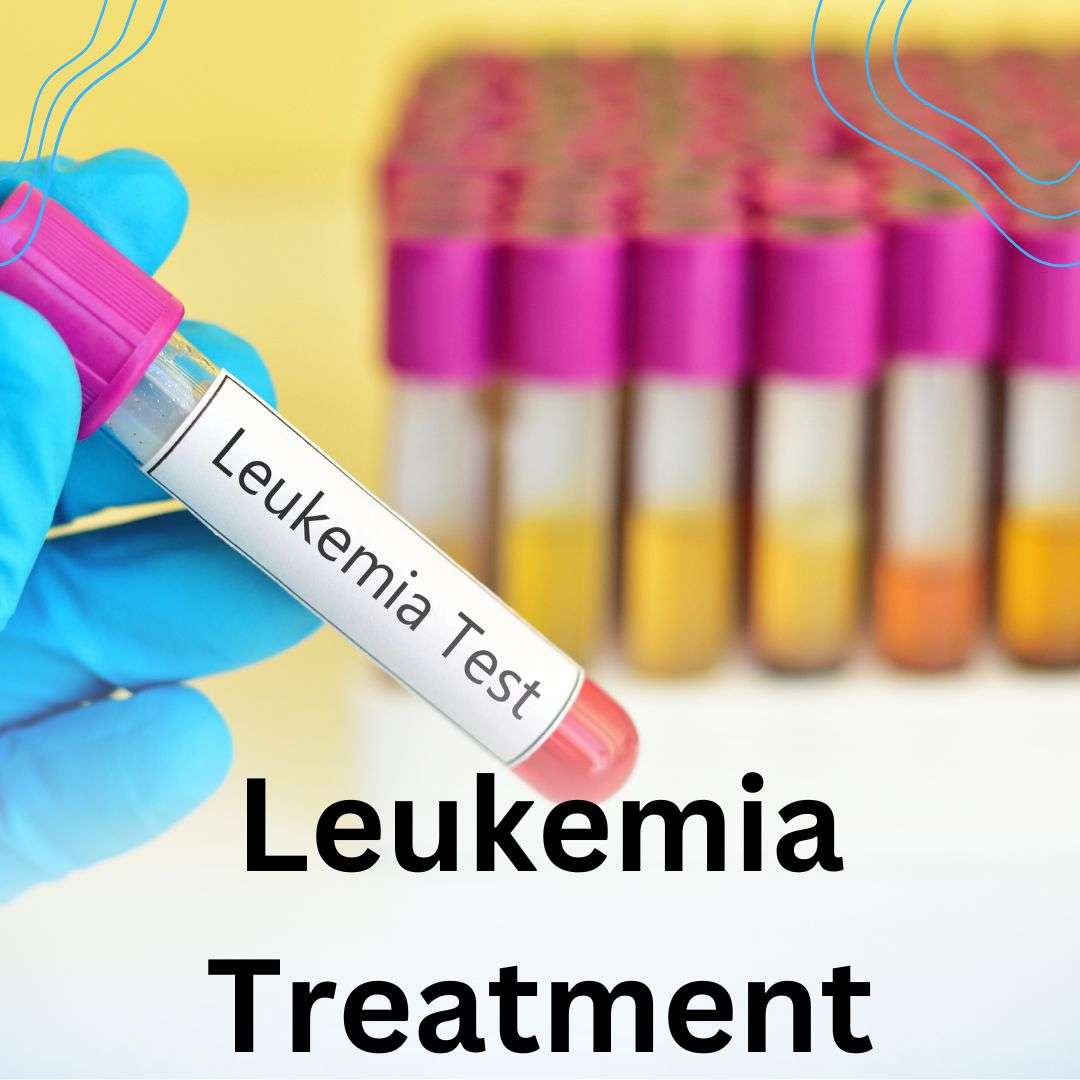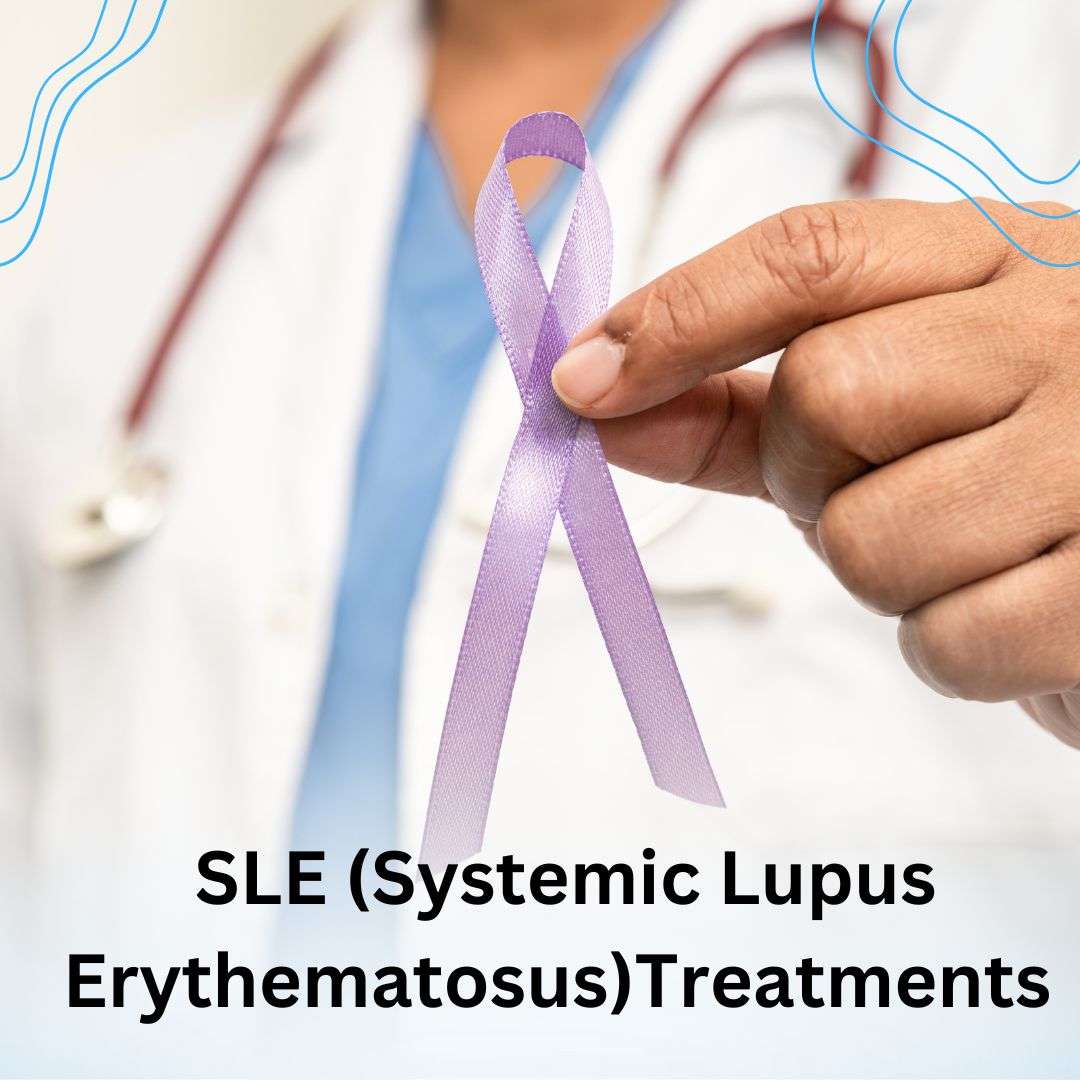Product Description
Leukemia: A Description by Dr. Praveen M P
Leukemia is a type of cancer that originates in the blood-forming tissues, including the bone marrow and lymphatic system. It primarily affects the production and function of white blood cells, which are essential for the immune system. The abnormal production of these cells leads to a rapid increase in the number of dysfunctional white blood cells, which can interfere with the normal functioning of the body.
There are several types of leukemia, and they are generally classified based on the speed of progression (acute or chronic) and the type of white blood cell involved (lymphocytic or myelogenous). Acute leukemia progresses rapidly and requires immediate treatment, while chronic leukemia develops more slowly.
1. Acute Leukemia: This form of leukemia can be further divided into:
Acute Lymphoblastic Leukemia (ALL): Affects lymphoid cells and is most common in children but can occur in adults as well.
Acute Myelogenous Leukemia (AML): Affects myeloid cells and is more common in adults.
2. Chronic Leukemia:
Chronic Lymphocytic Leukemia (CLL): Affects the lymphoid cells and typically progresses slowly, mostly in older adults.
Chronic Myelogenous Leukemia (CML): Affects myeloid cells and is characterized by the presence of the Philadelphia chromosome.
The symptoms of leukemia can vary based on the type but often include fatigue, frequent infections, unexplained weight loss, swollen lymph nodes, easy bruising or bleeding, pale skin, and bone or joint pain. These symptoms occur because the overproduction of abnormal white blood cells crowds out normal cells, leading to a shortage of healthy red blood cells and platelets.
The exact cause of leukemia is not always clear, but certain risk factors include exposure to radiation, certain chemotherapy drugs, a family history of leukemia, and genetic conditions such as Down syndrome.
Diagnosis and Treatment: Diagnosis is usually made through blood tests, bone marrow biopsy, and other imaging studies. The treatment of leukemia depends on the type and the patient's overall health, but options typically include chemotherapy, radiation therapy, stem cell transplantation, and targeted therapies.
Early detection and treatment are critical in improving outcomes for leukemia patients. Advancements in treatment options, including targeted therapies and immunotherapy, offer hope for better survival rates and improved quality of life. Regular follow-ups are essential to monitor for relapse.
Terms & conditions
Tags
#Leukemia treatment in Bangalore
#Best leukemia treatment in Bangalore
#Acute leukemia treatment in Bangalore
#Chronic leukemia treatment in Bangalore
#Leukemia doctors in Bangalore
#Leukemia specialists in Bangalore
#Leukemia treatment centers in Bangalore
#Pediatric leukemia treatment in Bangalore
#Leukemia consultation in Bangalore
#Leukemia care hospital in Bangalore
#Leukemia treatment in Koramangala
#Leukemia treatment in Indiranagar
#Leukemia treatment in Whitefield
#Leukemia treatment in HSR Layout
#Leukemia treatment in Bannerghatta Road
#Leukemia treatment in Jayanagar
#Leukemia treatment in BTM Layout
#Leukemia treatment in Malleshwaram
#Leukemia treatment in Basaveshwaranagar
#Leukemia treatment in Rajajinagar
#Leukemia treatment in Electronic City
#Leukemia treatment in Marathahalli
#Leukemia treatment in Hebbal
#Leukemia treatment in Yelahanka
#Leukemia treatment in Sarjapur Road
#Leukemia treatment in Kormangala 6th Block
#Leukemia treatment in JP Nagar
#Leukemia treatment in Shanthinagar
#Leukemia treatment in Ulsoor
#Leukemia treatment in Madiwala
#Leukemia treatment in Banashankari
#Leukemia treatment in Bellandur
#Leukemia treatment in Kengeri
#Leukemia treatment in Bommanahalli
#Leukemia treatment in Nandini Layout
#Leukemia specialists in Bangalore near Whitefield
#Best leukemia hospital in Bangalore
#Leukemia bone marrow transplant in Bangalore
#Leukemia chemotherapy in Bangalore
#Affordable leukemia treatment in Bangalore
#Leukemia treatment hospitals in Bangalore
#Blood cancer treatment in Bangalore
#Leukemia doctors near me in Bangalore
#Leukemia clinic in Bangalore
#Top leukemia doctors in Bangalore
#Best oncology clinic in Bangalore for leukemia
#Leukemia second opinion in Bangalore
#Immunotherapy for leukemia in Bangalore
#Leukemia stem cell transplant Bangalore
#Leukemia diagnosis in Bangalore
#Leukemia consultation appointment Bangalore
#Leukemia treatment and recovery in Bangalore
#Leukemia treatment cost in Bangalore
#Leukemia clinical trials in Bangalore
#Leukemia patient support groups Bangalore
#Leukemia research centers in Bangalore
#Leukemia radiotherapy in Bangalore
#Leukemia treatment options Bangalore
#Leukemia and bone marrow problems Bangalore
#Leukemia treatment for children in Bangalore
#Leukemia treatment with herbal medicine Bangalore
#Leukemia diagnosis and treatment centers Bangalore
#Leukemia treatment hospitals near me in Bangalore
#Top-rated leukemia doctor in Bangalore
#Leukemia treatment Bangalore with best outcomes
#Leukemia specialist clinics in Bangalore
#Leukemia treatment hospital in Bangalore with high success rates
#Personalized leukemia treatment plans Bangalore
#Leukemia management Bangalore
#Chemotherapy for leukemia in Bangalore
#Bone marrow biopsy for leukemia Bangalore
#Pediatric blood cancer treatment Bangalore
#Leukemia blood test Bangalore
#Leukemia treatment centers near Whitefield
#Leukemia treatment Bangalore with modern facilities
#Leukemia treatment services in Koramangala
#Blood cancer specialists in Bangalore
#Top cancer hospitals for leukemia in Bangalore
#Leukemia treatments in Bangalore near HSR Layout
#Blood cancer clinics in Bangalore for leukemia
#Leukemia diagnosis and treatment near Bannerghatta Road
#Leukemia treatment at affordable prices in Bangalore
#Stem cell therapy for leukemia Bangalore
#Leukemia treatment consultation Bangalore
#Leukemia care and support Bangalore
#Leukemia specialists near me in Bangalore
#Leukemia bone marrow transplant near me Bangalore
#Top leukemia hospitals in Bangalore
#Leukemia treatment with personalized care Bangalore
#Leukemia and chemotherapy support Bangalore
#Acute leukemia treatment Bangalore
#Chronic leukemia management Bangalore
#Leukemia treatment in Jayanagar with experienced doctors
#Bone marrow cancer treatment Bangalore
#Leukemia treatment for seniors Bangalore
#Advanced leukemia treatment in Bangalore
#Leukemia recovery and rehabilitation Bangalore
#Leukemia treatment with home care services Bangalore





